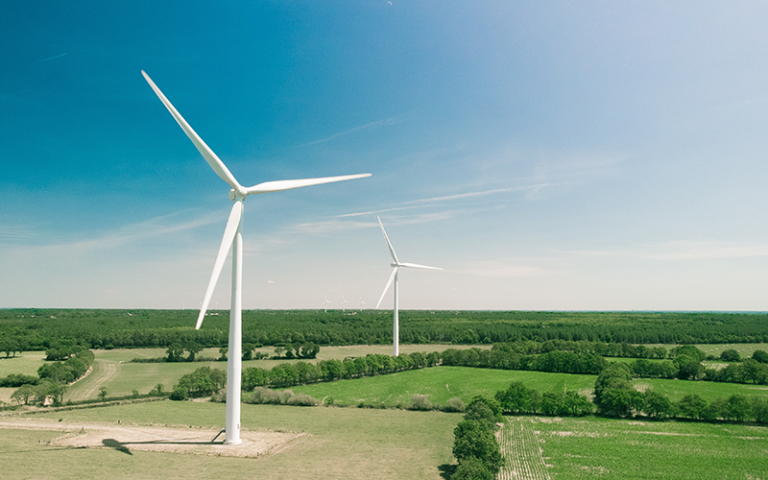Transition to renewable energy needs to consider global threat to species
12 December 2019
A new study from the UK Energy Research Centre has shown the extent to which countries drive biodiversity loss overseas through their demand for electric power.

The study, published in the Proceedings of the National Academy of Sciences, was a collaboration between the University of Southampton, Manchester University and UCL in the UK, and UC Davis in the USA, as part of the UK Energy Research Centre. It sought to understand how decisions that we are currently making about pathways to decarbonisation will impact biodiversity.
While the study found that the shift towards renewable electricity needed to combat climate change would likely reduce the impacts on biodiversity, for some countries more than half of the impact on species is overseas, making it difficult to understand how “green” our electricity really is.
The study was co-authored by Dr Paolo Agnolucci, Associate Professor at UCL Institute for Sustainable Resources. He says:
“UCL together with our partners are working hard to understand the implications of addressing the threat of climate change. This research highlights the importance of understanding multiple environmental pressures that are generated by our demand for energy and the role of international trade and supply chains extending over several countries. Only by doing so, we can inform the best routes to decarbonisation.”
The authors of the study are calling for countries to enact strong regulations to ensure that energy transitions are done in such a way as to protect biodiversity, and to consider both the local and global impacts of steps taken to combat global warming.
The scientists analysed the impact of fossil and renewable power sectors on nearly 4000 threatened birds, mammals and amphibians. For each species they traced the threats these species faced from the electric sector along global supply chains. This included the obvious bits of infrastructure that we see around us such as wind turbines or power stations. But the researchers also examined the impacts on biodiversity of all the materials and components that go into building our electricity infrastructure.
The study showed that in some countries, the demand for electric power shifts much of its impact on biodiversity to other countries as threats are displaced along international supply chains. The region with the largest international impact was Europe with more than half the total biodiversity impact associated with its electric demand being displaced overseas.
The UK was in the top five countries to pass on much of its risk to other countries along with Japan, China, the United States and India. This contrasts with other countries and regions where far more of the biodiversity impacts are going to meet demand for electric in other countries. For example, a quarter of the biodiversity threat in Latin America is driven by demand for electric in Europe and North America. In the case of countries such as Colombia and Indonesia the threats embodied in exports to meet global demand for electric are greater than the threats associated with their own electric demands.
The researchers advise that future energy policy must consider these unequal international impacts to identify the best routes to decarbonisation. The researchers studied the International Union for Conservation of Nature (IUCN) Red List which represents the most comprehensive resource on threats to species globally. They then combined this with a model of the global economy that describes trade between all countries to determine where the impacts on biodiversity associated with the electric sector occurred.
Solar and wind power were found to have the least impact on biodiversity globally, with coal having the highest impact. As the size of the solar and wind sectors increases over the coming decades, driven by our need to decarbonise society, the impact that these renewable sources will have on biodiversity will also likely increase. At the moment it is impossible to predict the implications of such an energy transformation. As such governments must work to properly understand all the options that they have for decarbonisation - it is unlikely that there is an easy fix. For example while deserts such as the Sahara are often seen as perfect places for large scale solar arrays the biodiversity in this area is extremely fragile and could be lost if adequate care is not taken.
 Close
Close

